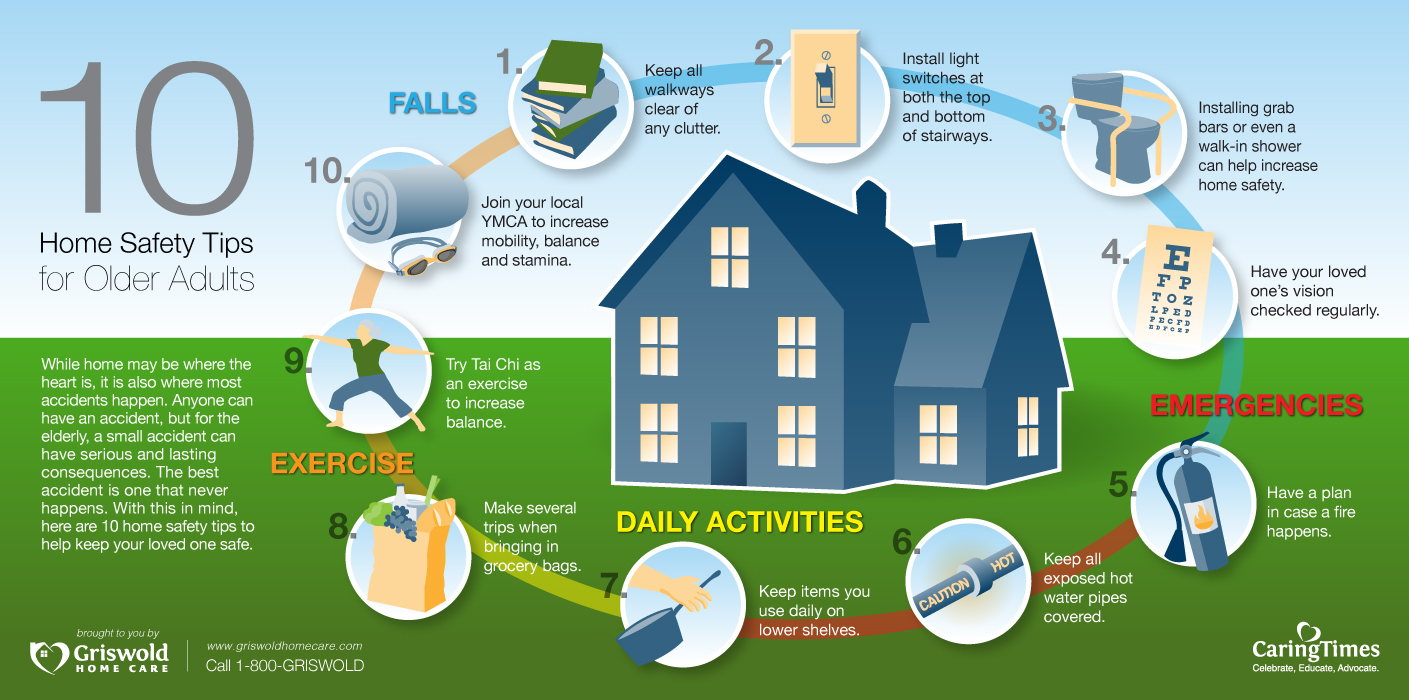Identifying Roof Covering Damage Prior To It Escalates Into A Serious Worry
Identifying Roof Covering Damage Prior To It Escalates Into A Serious Worry
Blog Article
Writer-Durham Ottosen
To shield your home from possible pricey repair services, identifying roofing damage early is crucial. By watching out for subtle signs like missing shingles or water spots, you can capture issues prior to they intensify. But what regarding those often neglected locations that could mean covert issues hiding above you? Keep tuned to find crucial ideas for finding roof covering damage prior to it intensifies into a major headache.
Very Early Warning Signs
Spotting roof covering damage early can conserve you money and time. One crucial early warning sign to keep an eye out for is missing or damaged tiles. If you observe any type of shingles that are cracked, crinkling, or totally missing out on, it's necessary to address the concern immediately. These damaged roof shingles can leave your roof prone to leakages and further damage.
Another indicator to try to find is water spots on your ceiling or wall surfaces. These stains can show a leak in your roof that needs immediate interest. Ignoring these water stains can result in more substantial and expensive repairs down the line.
In addition, be on the lookout for any type of signs of sagging or drooping areas on your roofing system, as this can indicate structural damages that requires to be fixed without delay.
Outside Assessment Tips
On a regular basis examining the outside of your roof covering is crucial for maintaining its stability and recognizing possible damages early. Begin by examining the tiles-- seek any type of missing, broken, or crinkling roof shingles, as these can be signs of roofing system damages.
Examine the gutters for granules from the shingles, as too much granule loss may represent aging or weathering. https://www.prweb.com/releases/diy-asphalt-roof/inspection-tips/prweb2720304.htm to the blinking around vents, chimneys, and skylights, guaranteeing they're firmly sealed and devoid of fractures.
Try to find indicators of moss, algae, or mold growth, as these can bring about roof damage if not attended to quickly. Additionally, check the fascia and soffits for any water discolorations or rot, which might signify water damages.
Lastly, examine the overall condition of your roofing from the ground, seeking any type of drooping areas or obvious dips. By carrying out these outside assessments routinely, you can catch roofing damage early and stop it from becoming a major problem.
Interior Red Flags
When checking your roof for potential damages, do not ignore the value of inspecting the inside of your home. Interior warnings can usually be early signs of roofing issues that require interest.
Start by analyzing your ceilings for any type of water discolorations or staining, as these might signify a leak in the roof. An additional key area to evaluate is the attic room, where indications of water damage, mold and mildew, or mildew may suggest a roofing system issue.
Pay close attention to any mildewy smells or a recognizable rise in humidity levels, as these can likewise be indicators of water intrusion from a damaged roof. Additionally, sagging locations in the ceiling or wall surfaces should be taken seriously, as they could be a result of water damages weakening the structure.
If you discover any of these indoor warnings, it's crucial to have an expert contractor examine the circumstance quickly to stop further damage and costly repair work.
https://roofingandguttercontracto38372.snack-blog.com/29818290/check-out-the-fascinating-advantages-of-setting-up-a-new-roof-covering-on-your-home-the-visual-transformation-is-just-the-tip-of-the-iceberg
By remaining watchful and routinely looking for very early warning signs of roofing system damage, you can prevent small issues from developing into major issues. Keep an eye out for missing out on or damaged tiles, water spots on ceilings or wall surfaces, and any kind of drooping or sagging areas on the roof covering. By dealing with these issues promptly, you can conserve on your own from pricey repair work and ensure your roof stays in good condition for many years ahead. Keep aggressive and secure your home from potential damage.
